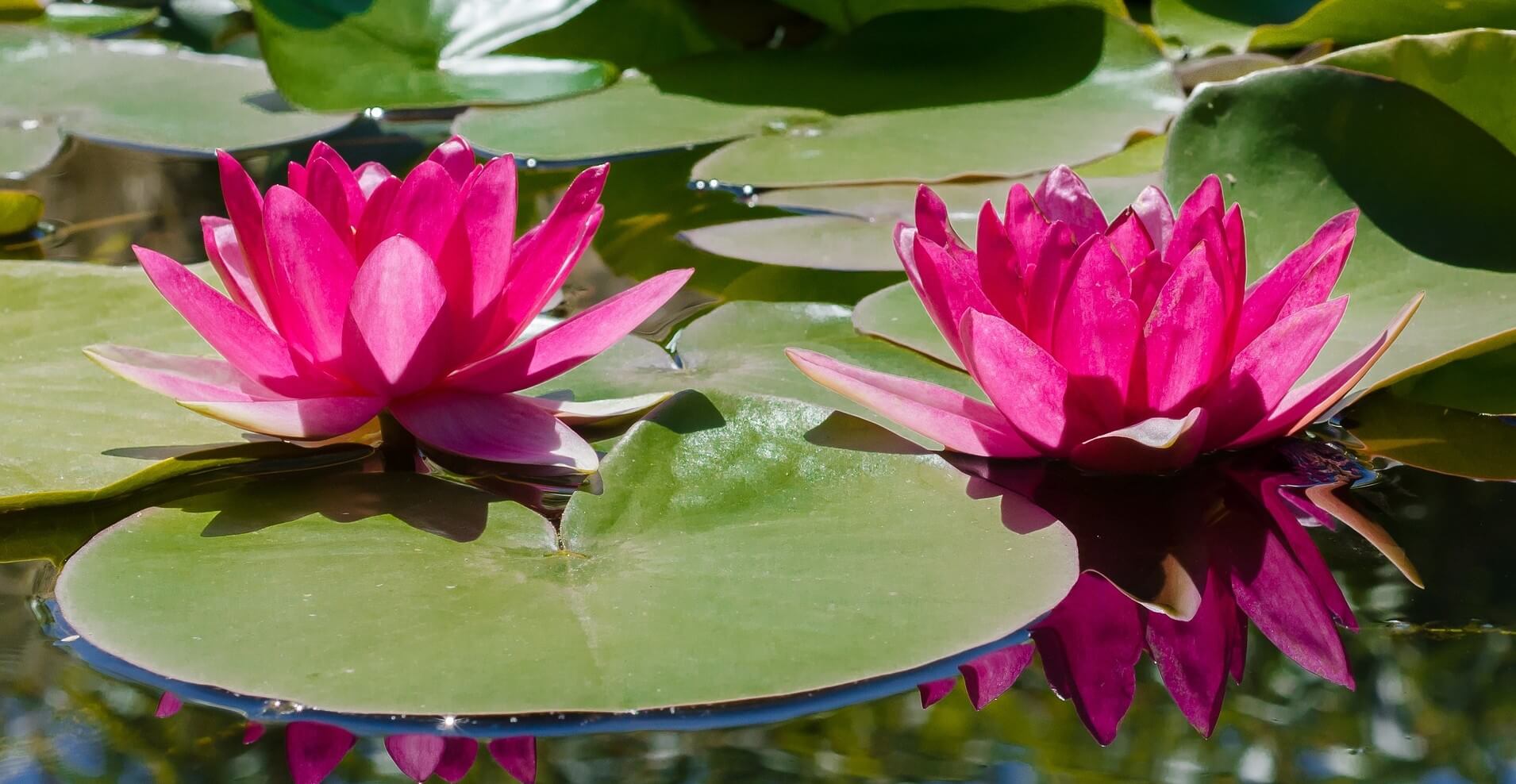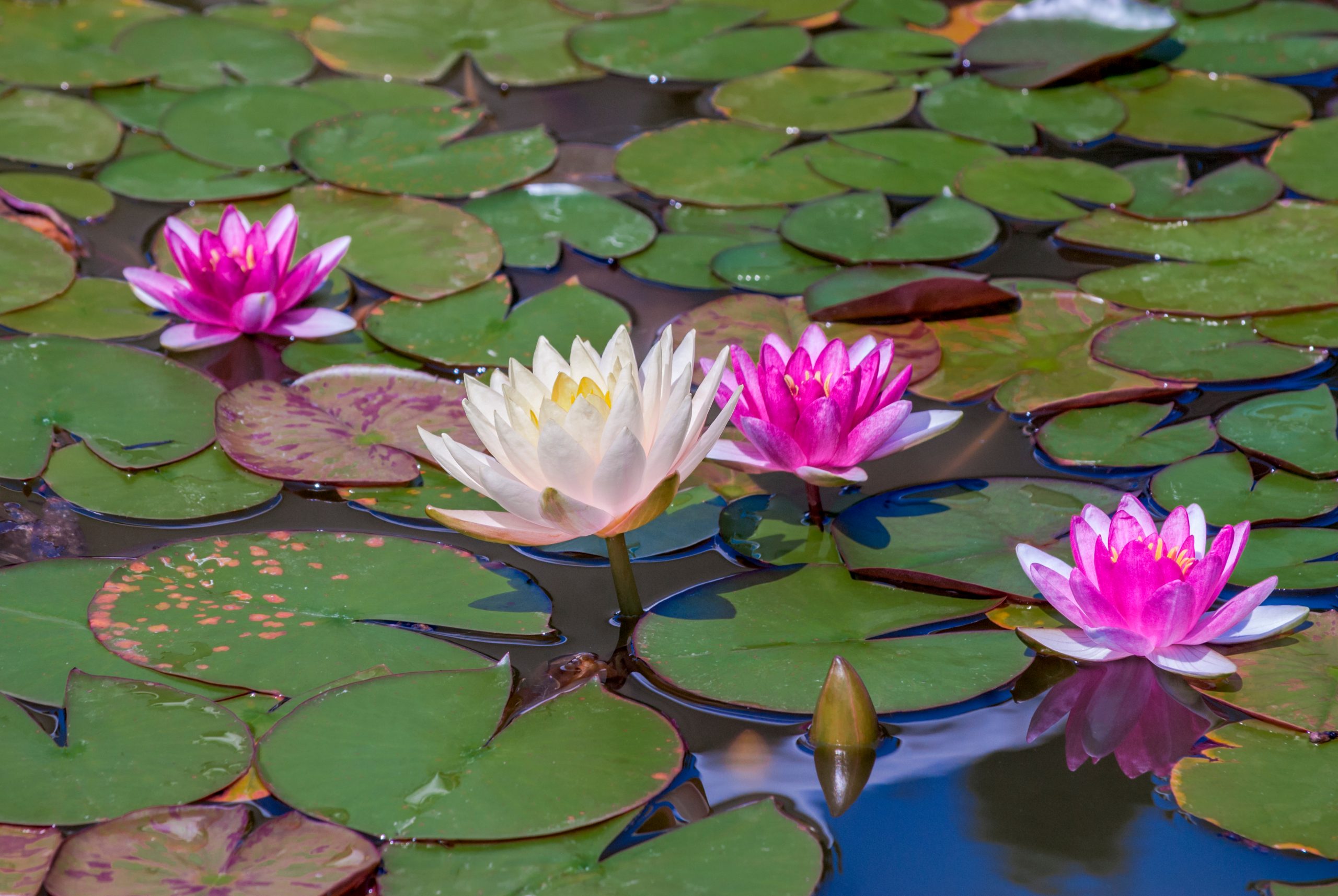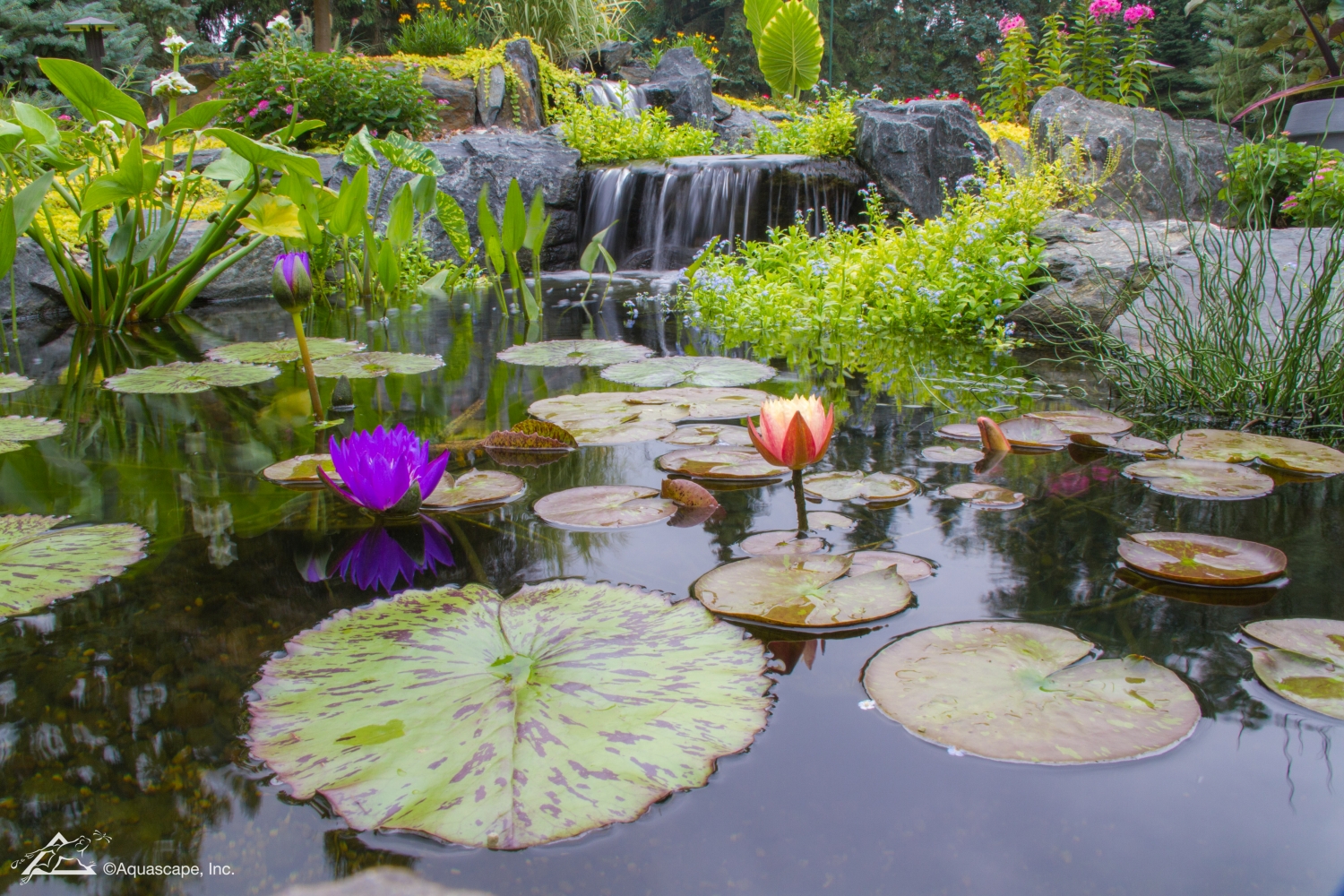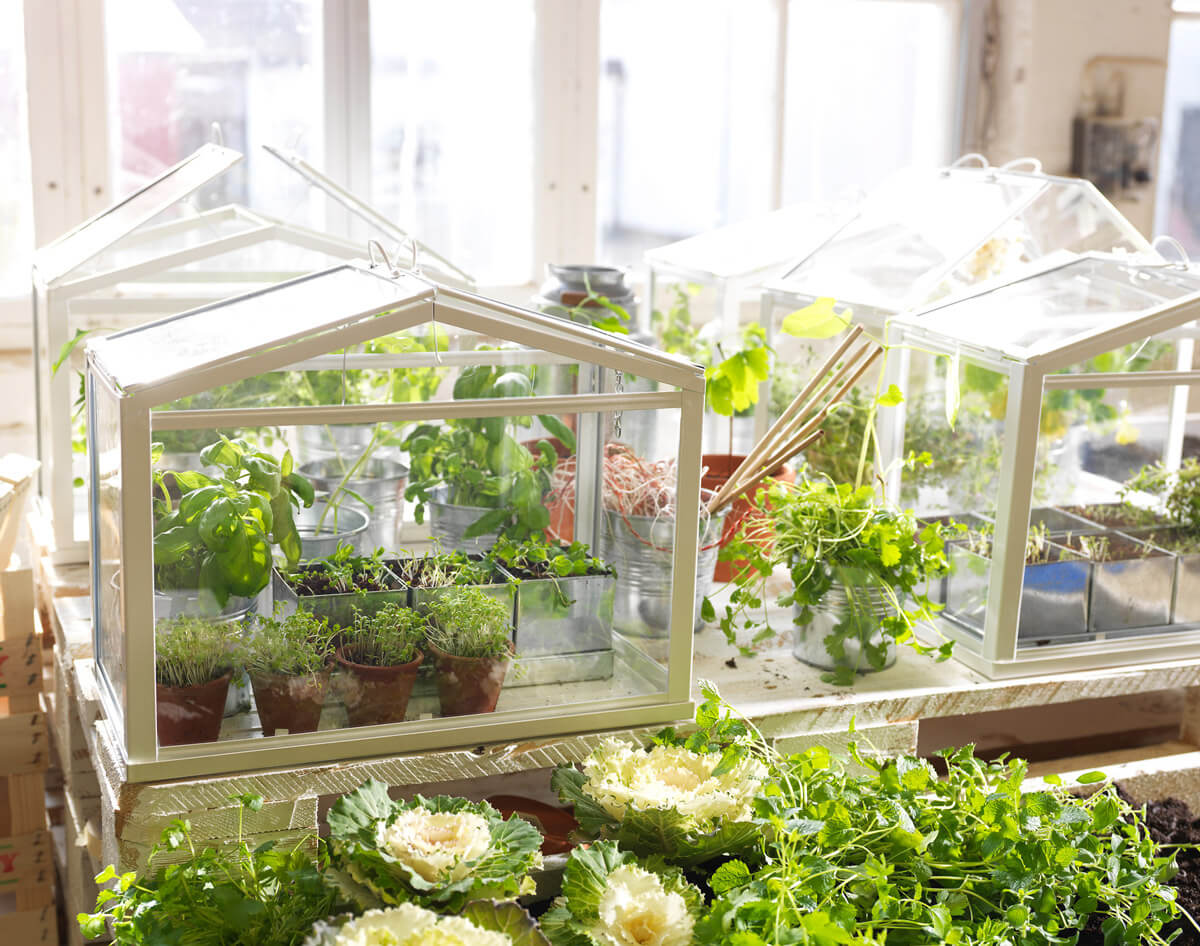Aquatic Plants: What I Wish I Knew Before Starting My Water Garden

Starting your aquatic plant journey can feel like standing at the edge of a vast green underwater world, uncertain about where to begin—but trust me, it’s more inviting than intimidating! I remember the first time I dipped my toes into adding plants to my aquarium; I was nervous that I’d kill them or mess up the balance for my fish. Spoiler alert: everyone stumbles at first, and that’s okay because each little win builds your confidence and brings your watery world to life.

Let me take you through some tried-and-true steps I learned by doing (and occasionally messing up) so you can set up a healthy, vibrant aquatic oasis without overwhelm.
Know Your Aquatic Plant Cast: The Three Key Players
Think of aquatic plants like characters in a story, each with its own role and stage:
-
Submerged plants: These are your underwater superheroes—plants like Anacharis (also known as Elodea) or Hornwort, quietly oxygenating and filtering while looking lush beneath the surface. They almost feel like underwater forests.
-
Floating plants: Picture a gentle green carpet drifting on top—Duckweed or Water Lettuce create shade and reduce algae risk while letting your fish enjoy cooler water below.
-
Marginal (bog) plants: These are border dwellers — cattails or pickerelweed thrive where water meets land. They're perfect for ponds with shallower edges but can be tricky indoors due to space needs.
When I switched from just thinking about pretty plants to really understanding these types, choosing which ones fit my setup became a breeze. For example, in my small indoor tanks, floating and submerged plants were my best pals because marginals need elbow room by the waterline!
Meet Your Green Buddies: Why Start Simple?
Starting off with beginner-friendly plants is like making new friends who forgive your mistakes:
-
Anacharis: This fast-growing plant shocked me by how quickly it could soak up nutrients, dramatically reducing algae outbreaks. It’s literally like having a natural filter that doubles as decor.
-
Java Moss: One time I didn’t have proper substrate ready but tied Java Moss bundles onto driftwood anyway—they slowly took hold without fuss. Their soft texture makes aquariums look magical with little green fluff clinging everywhere.
Other newcomers worth meeting include Amazon Sword (perfect when you have moderate light) and Frogbit if surface coverage is your style. These green friends tolerate imperfect care better than delicate species, which saved me from early frustration!
Creating Cozy Conditions: The Inside Story of Substrate & Light
I remember staring at my tank wondering why the Anacharis looked droopy. Turns out nutrient-poor gravel wasn’t cutting it! My breakthrough came when I invested in an aquarium substrate enriched with minerals designed for root feeders — those roots felt cozy and planted themselves happily.
Pro tip: If you have an outdoor pond instead of a tank, check if the muddy bottom already provides natural nutrition—it might surprise you! But adding specialized soil will turbocharge growth in spring.
Lighting was another puzzle piece. Aquarium daylight bulbs replicating natural sunlight gave my plants their glow—and when shadows crept up in winter months indoors, supplementing with LED grow lights tailored for aquatics kept leaves perky instead of pale.
Aim for 8–10 hours daily; imagine giving your plants their “daily breakfast.” Back then, getting the timing right made all the difference between sigh-worthy slow growth and rapid flourishing!
Planting Like a Pro Without Overthinking It
Here’s what feels weirdly satisfying:
- Clip healthy shoots 6–8 inches long—snipping feels almost therapeutic!
- Press each gently into the substrate—don’t smother them; just tuck them in about an inch.
- For mosses? Secure tiny bundles on driftwood using cotton thread—the kind that disappears over time so nature takes charge.
Floating plant lovers rejoice! Throw Duckweed onto water’s surface anytime—it’s low maintenance but watch it play nice without monopolizing space.
I learned this method after fumbling around trying to bury moss directly—no wonder they floated away until I tried tying them down!
Loving Up Your Underwater Garden Day-by-Day
The magic happens over time with small rituals:
-
Weekly leaf checks became ritual moments—I’d remove anything yellow or curling before it could spoil water quality.
-
When algae staged surprise attacks (totally normal), reducing fish feeding for days combined with extra water changes reset balance nicely.
-
Avoid cramming too many plants close together so every leaf sashays under adequate light—that spacing helps everything breathe and flourish!
Pro tip from experience: Treat these tweaks as fun experiments rather than failures—my confidence soared when I stopped expecting perfection overnight.
Real-Life Wins That Sparked Joy
My friend Jenna started her 10-gallon aquarium overwhelmed by options—but she chose Java Fern attached to driftwood plus Anubias tucked gently in gravel topped with root tabs. Brightened by moderate light and weekly trims? Her tank turned into a jewel box filled with vibrant tetras darting joyfully among leaves.

Meanwhile, last spring my cousin transformed her backyard pond by planting cattails along edges paired beautifully with floating Hornwort inside its center—a green playground her goldfish couldn’t resist! After two months? Crystal-clear water sparkling under sunlight thanks partly to those natural filters quietly working behind scenes.
Quick Fixes When You Hit Snags
Here’s what helped me unstuck when things weren’t quite right:
Yellowing leaves? Likely underfed roots or dim light—boost nutrients with liquid fertilizers made for aquatics and gently increase lighting hours until color returns.
Algae parade swallowing everything? Cut back feeding temporarily; do timely partial water changes; invite fast-growing floaters like duckweed as temporary champions against algae intruders.
Moss refuses to root? Check attachments aren’t too tight or try softer cotton ties; shield young growth from strong pump currents that toss stems around prematurely.
Every bump taught me patience—not problems but stepping stones on this leafy journey!
Your Green Adventure Begins Here – One Step at a Time
Why not start today?
- Choose one easy starter plant like Anacharis or Java Moss—you’ll get quick feedback encouraging you forward.
- Grab nutrient-rich soil or handy root tablets if regular substrate isn’t available immediately.
- Set consistent lighting routines aiming for roughly 8–10 hours daily using natural-spectrum bulbs or LEDs.
- Follow gentle planting methods to avoid stress—in no rush!
- Schedule weekly mini-checks trimming dead foliage & spotting early algae signs so issues stay manageable before growing wild.
Bonus insight: Joining online aquarium communities lifted both my spirits & skills faster than solo trial-and-error ever did—they’re packed with passionate folks happy to cheer you on through those unsure first steps!
How does this all sound? By breaking this beautiful world of aquatic plants down into bite-size parts, you're positioning yourself for meaningful success instead of overwhelm—even if it doesn’t feel perfect instantly (and oh yeah, most don’t!). Remember every pro once stood exactly where you do now—curious but cautious—and grew confidently one leaf at a time alongside their thriving little worlds beneath glass or pond surface.
Keep going—you’ve got all it takes—and hey… whenever doubts creep back in, know there’s someone here rooting loudly for your aquatic garden dreams! 🌿💧🎉



